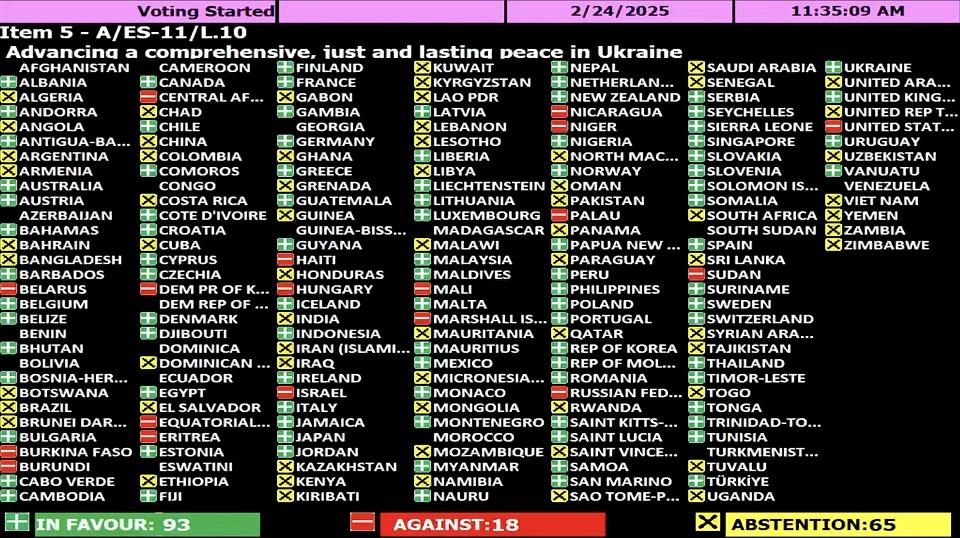OCTA warns of possible increase in COVID-19 cases in Philippines like in South Africa, India
The Philippines may also see an increase in COVID-19 infections as high as 50,000 to 100,000 active cases soon, considering the rise in cases in other countries like South Africa and India, OCTA Research fellow Dr. Guido David warned on Monday.
In a Balitanghali interview, David explained that they are also monitoring the COVID-19 situations in other countries and have seen that in South Africa, there has been an increase from 1,000 cases to 4,000 in a span of one week.
Meanwhile, in Delhi, India the infections have increased from a hundred to a thousand, he added.
“Bakit concerning ito? Kasi ‘yung situation sa atin, medyo sumusunod tayo sa situation ng a few countries like South Africa, India, and Indonesia,” he said.
(This is concerning because our situation sort of follows the situation of a few countries like South Africa, India, and Indonesia.)
“Dahil sa pagtaas ng kaso sa South Africa at India, I think it is very likely na makakakita tayo ng pagtaas ng bilang kaso sa Pilipinas sometime in the near future. Hindi ko masasabi kung kailan ‘yan, kung sa May or sa June, pero dahil nakikita na natin ito sa South Africa at sa India, it is likely na mangyayari dito,” he added.
(Given the increase in cases in South Africa and India, I think it is very likely that we will see an increase in the number of cases in the Philippines sometime in the near future. I can’t say when that will be if it will be in May or June, but since we are already seeing it in South Africa and India, it is also likely to happen here.)
David noted that the cause of rise in COVID-19 cases in South Africa was the two new sub-variants of the highly transmissible Omicron variant BA.4 and BA.5, while in India, it was the new Omicron sublineage the BA 2.12.
The Department of Health (DOH) previously said that the BA.4 and BA.5 should “not be any cause of concern” for the Philippines.
'Follow health protocols'
Meanwhile, the DOH urged the public to continue following health protocols amid the BA 2.12 and BA 2.12.1 variants also reported spreading in the United States as it was “2.5 times more infective but not more severe.”
David also pointed out that OCTA’s initial projection of 50,000 to 100,000 active cases is lower than that of the projection of the DOH because they are using different models.
The DOH earlier reported that a 50% decrease in the compliance of minimum public health standards (MPHS) in the National Capital Region (NCR) may result in 25,000 to 60,000 new COVID-19 cases per day by mid-May.
Meanwhile, a 20% decrease in MPHS compliance nationwide may lead to around 34,788 active COVID-19 cases, and a 30% decrease in MPHS compliance might increase the cases further, possibly to as high as 300,000, over the same period, the DOH said.
Booster shots
In a Go Negosyo forum on Monday, molecular biologist and OCTA Research fellow Fr. Nic Austriaco explained that while BA.2.12.1, BA.4, and BA.5 are mild, people who have lost their immunity against COVID-19 will get vulnerable anew if they do not get their booster shots.
“It is important at this point, in the next month or so, that we increase the boosting to protect ourselves and our loved ones against these three emerging variants. Any of these variants could trigger another surge in our country when it arrives because these three will outcompete the BA.2,” he said.
In the same event, David assured that the COVID-19 situation in the country is currently still under control with the NCR and other provinces remaining under “very low risk” category.
He underscored the importance of observance to health protocols and continued administration of primary vaccine series and booster shots to protect the public against severe COVID-19 infection and reinfection.
Asked if he thinks that the administration of the second booster shot should already be expanded to other populations, David said in Balitanghali, “I agree kasi unang-una, madami tayong vaccines. Kung konti lang ‘yung vaccines natin, siguro i-allocate natin sila optimally. Pero dahil marami tayong vaccines, why not bigyan na rin natin ‘yung other priority groups?”
(I agree because we have a lot of vaccines. If we only have a few vaccines, maybe we can allocate them optimally. But since we have a lot of them, why not give them to the other priority groups as well?)
The government has started the administration of the second COVID-19 vaccine booster shot for the immunocompromised population in NCR on Monday, April 25, 2022.
So far, the Food and Drug Administration has only granted the emergency use authorization for the second booster shot for senior citizens, the immunocompromised, and frontline health workers.
The DOH on Sunday reported 205 new COVID-19 infections, while the country’s active cases tally further decreased to 13,660.
Based on the DOH’s data posted on its website, this brings the nationwide COVID-19 tally to 3,684,500. —KG, GMA News








